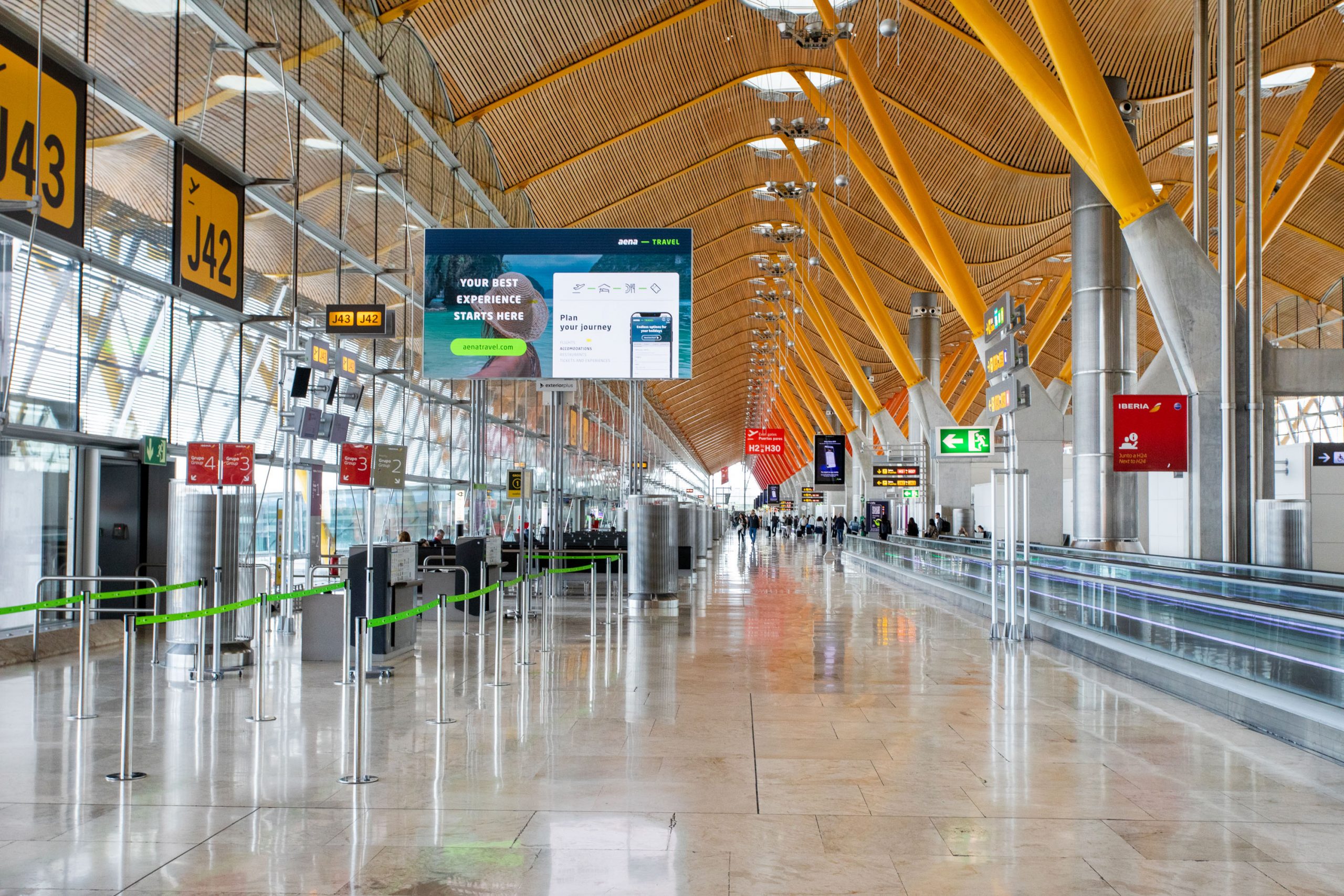Aena will deploy a new nationwide Internet of Things (IoT) network to enhance the passenger experience through high quality data.
With an investment of €3.45 million, Aena will install 860 devices across the 46 airports and 2 heliports it manages in Spain
A consortium formed by Celestia TST and Ambar Telecomunicaciones has been awarded a contract to implement a new Internet of Things (IoT) network across the 46 airports and 2 heliports that make up the airport infrastructure operated by Aena in Spain. The project involves the installation of more than 860 devices or gateways, as they are technically referred to, which will enable the capture and analysis of real-time data to optimise critical processes, anticipate operational needs, and improve the passenger experience.
With a delivery timeframe of 24 months and a budget exceeding €3.45 million, the deployment will begin with an initial application focused on real-time monitoring of restroom occupancy and conditions. Recording parameters such as usage volume, water temperature, and humidity levels will enrich service dashboards, facilitate maintenance automation, and enhance both the efficiency of cleaning teams and the quality of the service provided.
This first example demonstrates the potential of the IoT network to address everyday challenges in high-traffic areas in an innovative way, enabling dynamic allocation of human resources to actual demand and ensuring clean, well-maintained spaces.
However, the project will not be limited to this first case. The IoT network has been designed as a scalable platform, progressively incorporating new applications to be defined. The ultimate goal is to optimise operations, anticipate needs, and improve the passenger experience across multiple areas of the airport infrastructure.
To ensure efficient deployment, the project will begin with coverage studies based on simulations and field measurements to determine the best locations for the gateways. The IoT network will use LoRaWAN technology, which is ideal for long-range, low-power communications, offering high indoor penetration and robust security, while avoiding interference with other airport communications.
Integration, management and training
Following installation, Celestia TST and Ambar Telecomunicaciones will ensure compatibility of the new network with the existing Multi-Service Network (RMS) at each airport and will conduct tests to guarantee operational continuity without affecting the passenger experience.
In addition, they will provide a comprehensive tool for the remote management and configuration of the devices, enabling agile maintenance and future expansion. To ensure optimal use, specialised training will be delivered to Aena personnel on the operation of both the equipment and the software.
This project forms part of the growing need to equip airports with sensors as a key element in the technological transformation of the State’s Critical Infrastructures. IoT sensors generate multiple benefits to address the demands of sustainability, automation, and user experience. These include preventive maintenance of escalators, lifts or restroom cleaning, increasing security through real-time detection of anomalous behaviour, improving staff deployment to reduce waiting times, enhancing environmental control, and boosting logistics efficiency.




